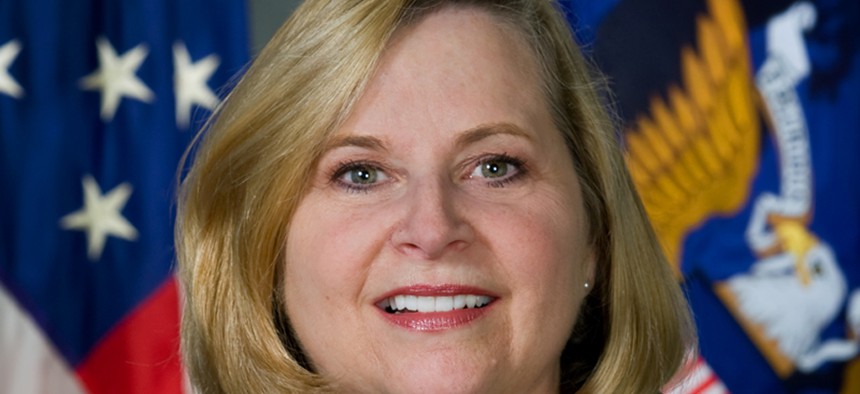The Intelligence Community Needs a New Workforce Model

“Recognizing employees today and meeting unknown requirements for the future, strategic workforce planning is more important now than ever,” said said Deborah Kircher, Chief Human Capital Officer for the Office of the National Director of Intelligence. United States Office of the Director of National Intelligence
A pipeline of young talent is essential for addressing future threats.
It’s a new world for the 17 agencies within the intelligence community. Their budgets are shrinking in the face of an undiminished threat landscape and a growing list of cyber-adversaries.
The IC can do a lot of things, but it can’t make money grow on trees. It faces a grand workforce challenge: Smaller budgets. Reduced hiring. Increased uncertainty. The problems are magnified significantly during national security events that require a surge of talent.
With all that in mind, the Intelligence and National Security Alliance developed a task force of former senior intelligence officials and stakeholders from industry and academia to explore potential solutions. The resulting white paper released May 7, titled “Smart Change II: Preparing the Intelligence Community Workforce for an Evolving Threat and Fiscal Environment,” is a sequel to an initial INSA-led effort in 2011.
The white paper outlines several ways the IC could ensure a continuous assessment of strategic risk related to workforce reductions and proposes an overarching framework for civilian, military and contractor components of the IC that would guide strategic planning and management decisions.
“Budget constraints are the reality now,” said Deborah Kircher, Chief Human Capital Officer for the Office of the National Director of Intelligence, speaking at a Strategic Manpower Planning event hosted by Nextgov.
“Recognizing employees today and meeting unknown requirements for the future, strategic workforce planning is more important now than ever,” said Kircher. “One-year money is the reality of what we have to deal with, and we have to be thoughtful and methodical about how to plan while balancing what we know of today’s threats but also in planning for surge requirements that might come up.”
She added the INSA report would be something “we socialize and explore” with the intelligence community, but noted that agencies have different missions and there’s no single solution to the challenge.
One of the most important aspects to emerge from the report centered on keeping a hiring pipeline open for the IC to ensure that current- and next-generation threats are met with top-notch talent. This didn’t happen during the post-Cold War draw down in the 1990s, and that led to a dearth of middle management for agencies across the IC for years, creating a slew of workforce issues.
“The fact is, without continuing a pipeline of junior employees coming to the workforce, eventually you have a problem,” said Marshall Keith, who was a member of the Smart Change II task force. “The pipeline is vital to continue the core of foundational support you’re going to need.”
The task force’s white paper concludes with a series of recommendations to IC leadership:
- Adopt a foundational workforce model, similar to the Department of Defense base force/total force model, as the organizing concept for community-wide strategic workforce planning.
- Create an IC Business Board, modeled on the Defense Business Board, to increase public-private collaboration and facilitate an understanding of the IC’s human capital needs.
- Retain a hiring pipeline to continuously refresh the workforce and offer well-defined civilian career paths for new IC employees that will allow them to more easily move across agencies.
“The IC has not been immune to budget reductions and must continue to evolve as contingency operations abroad decline. Budget reductions, while challenging, offer an opportunity to reshape and refocus this vital workforce in a strategic manner that does not limit its effectiveness,” said INSA President Ambassador Joseph DeTrani. “We commend the ongoing efforts of the Office of the Director of National Intelligence to develop a balanced, agile and adaptable workforce, and we look forward to continued engagement and conversation with them on this issue.”



